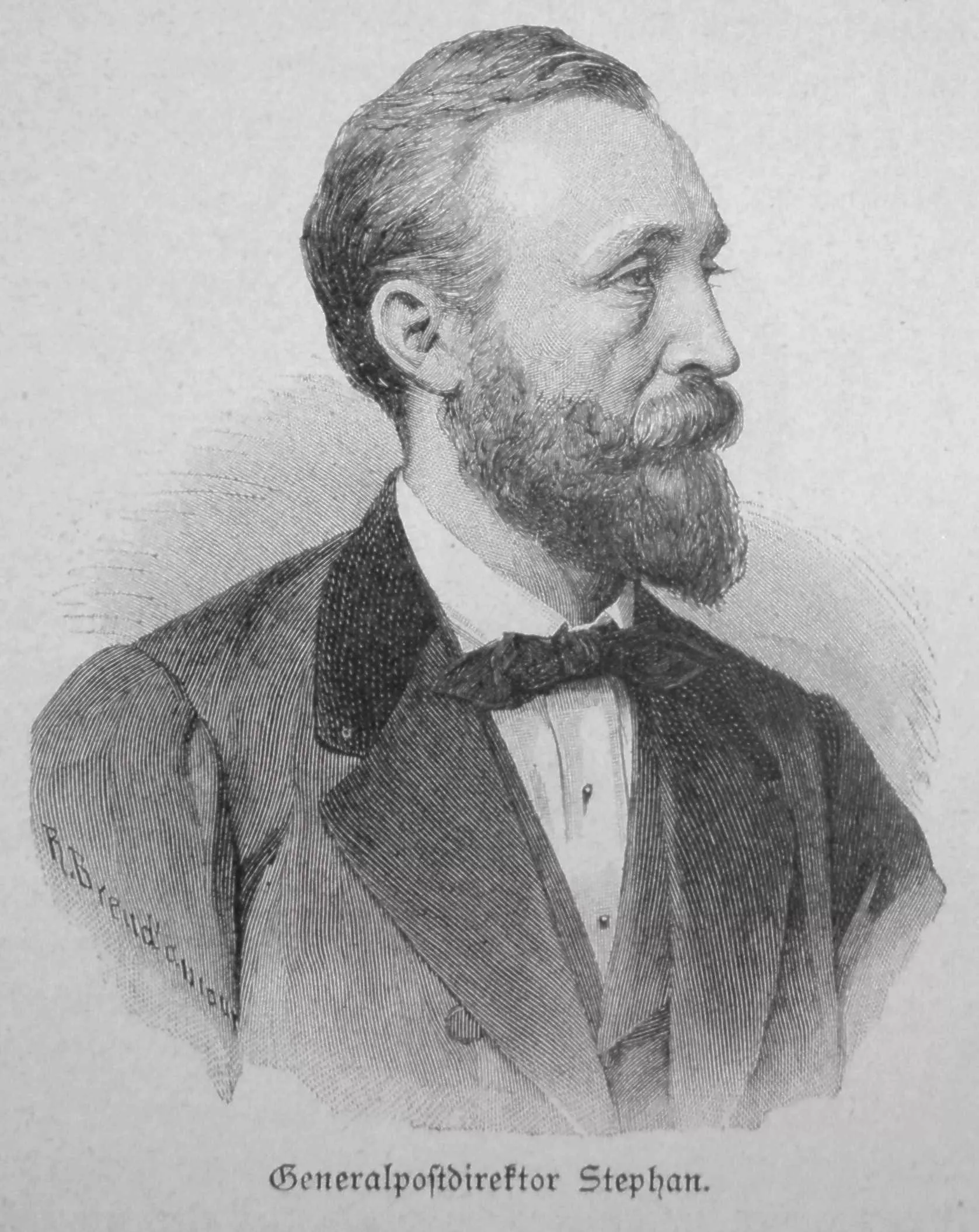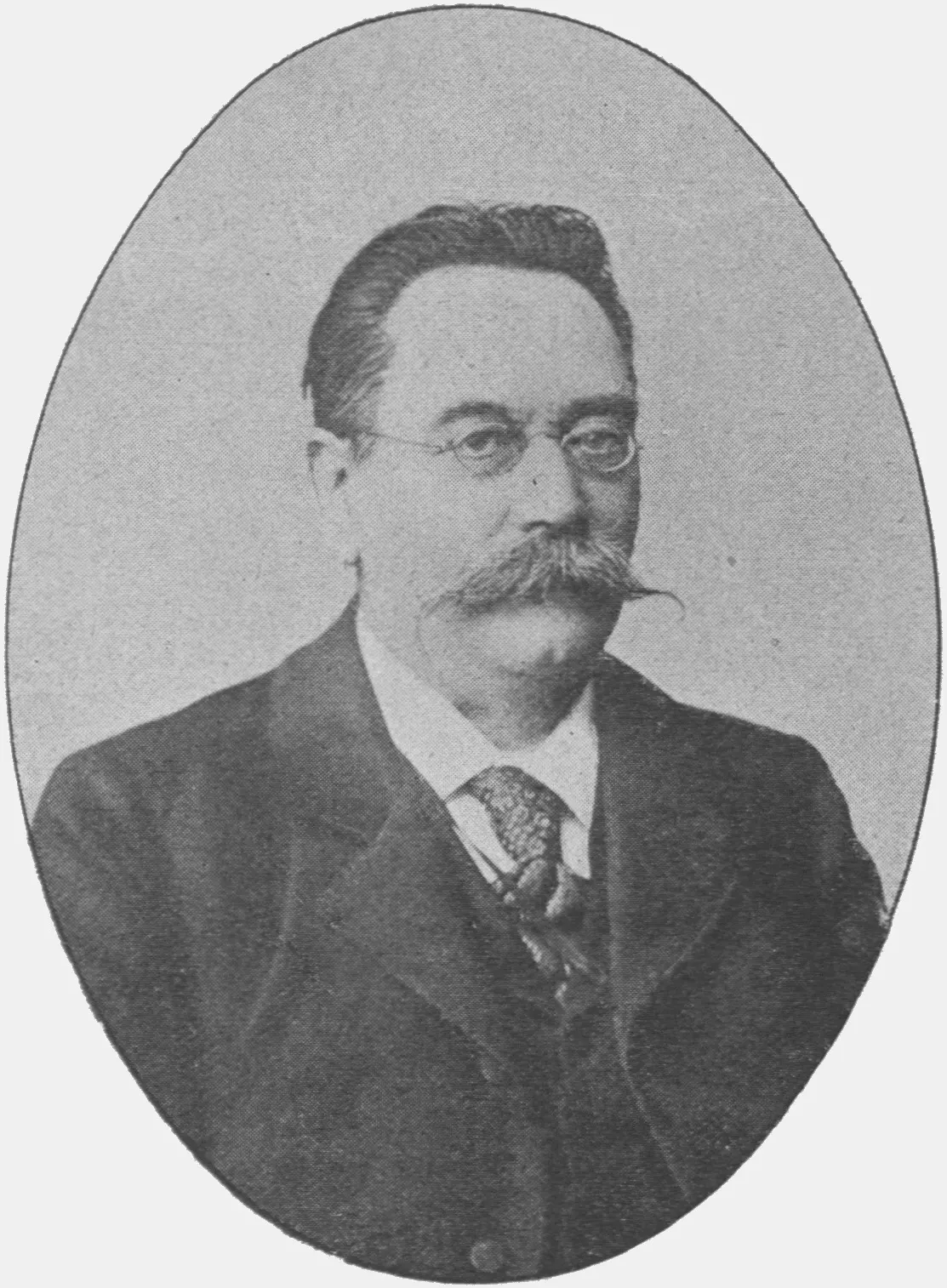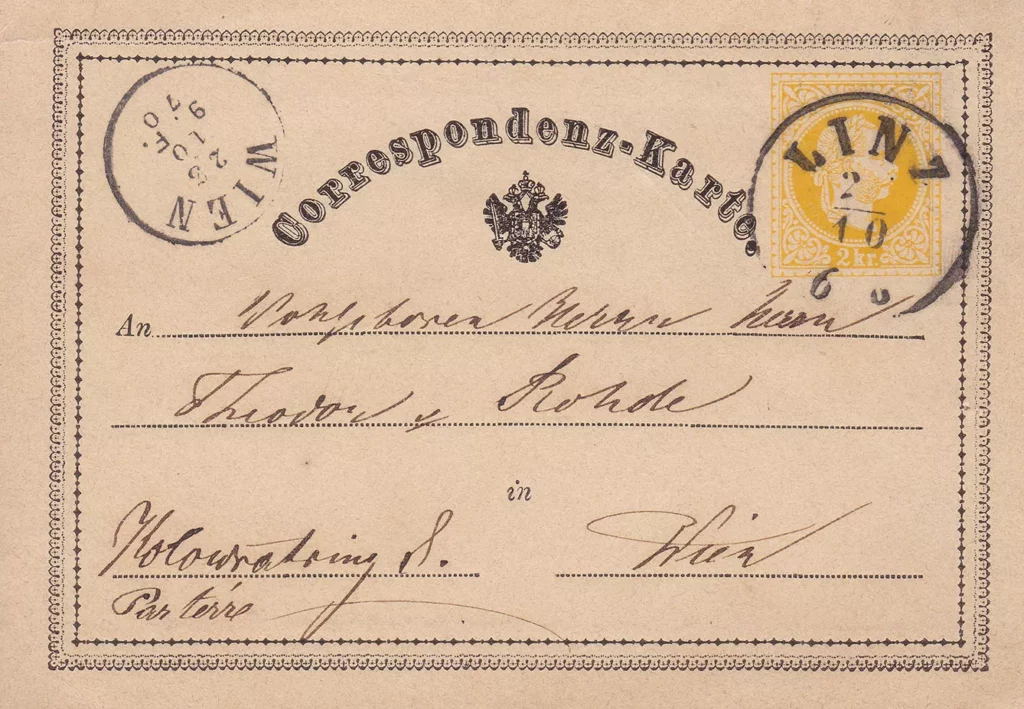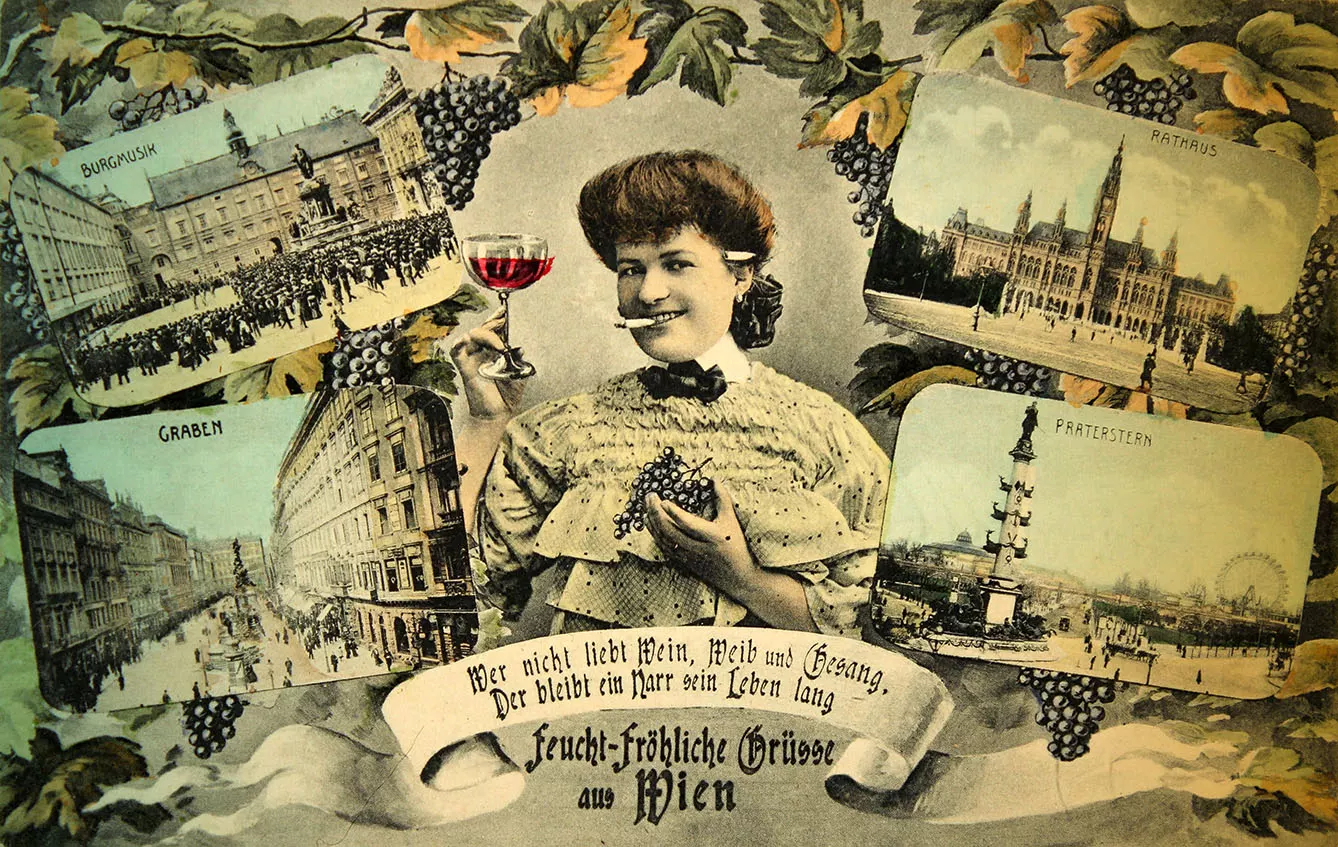Today’s parents find it more and more difficult to explain to their children why we even call mobiles “phones.” A series of developments led through the epoch of voice communication back again to texting, with Millenials now even expressing anxiety about receiving – or initiating – phone calls. But the original text craze didn’t begin with text messaging. It began with a series of inventions, from the telegraph to the modern post, to the original and most basic tool for remote communication: letters.
Postcards: from communication staple to souvenir
And one cornerstone of this modern Republique des Lettres was postcards, an invention claimed by the Austrians. The original idea was proposed by a postal officer named Heinrich von Stephen at the 1865 Austro-German Postal Conference in the German town of Karlsruhe. The idea sounds familiar to anyone who remembers postcards at all (though most of us still do, as picture postcards are a souvenir stand staple in every tourist location).


But the first version of the postcard was actually picture-free. It was just a stiff sheet of paper with a simplified form to input an address and some free space to write your message. They sometimes even included a prepaid printed postage stamp included in the price.
Instant messaging system
Not terribly strong privacy-wise, postcards were supposed to simplify everyday communication, from congratulations and birthday wishes to personal notes of slightly greater importance. The idea was such a good one that it is astonishing they didn’t take off immediately.

It wasn’t until a few years after their creation that a Viennese economics professor called Emmanuel Hermann adopted the idea, and on 1 October 1869, the first official postcards were issued by the Austrian post. They were, predictably, an immediate success: it took only three months to sell over two million of them. Precisely a year later, the British and German post services followed the Austrian example, and by 1875 the concept of the postcard had taken root worldwide.
Now, some say that the introduction of postcards, as it often is with such timely inventions, was predated by several other iterations of the same idea. Such was supposedly the American 1861 Postal Act, which introduced a flat rate for postcards, the same year in which copyright for a private postcard was granted. However, the first recorded use of American postcards is dated to 1870, so in practice, historically, Austria was the first to enable widespread use of this short messaging system.







